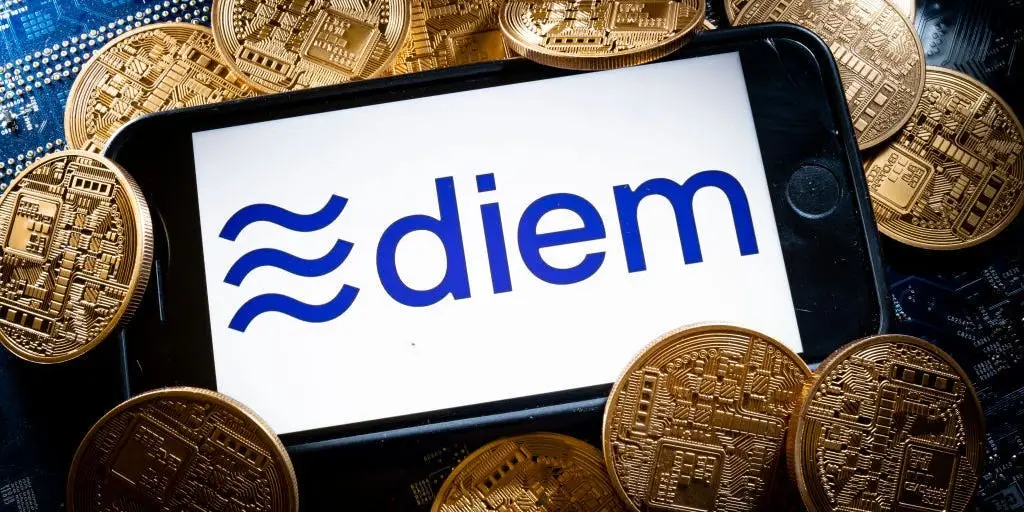Category: AML
-

Facebook’s Cryptocurrency Needs to Prove Itself, Expert Says
Published on Lifewire Written by Michelai Graham – Interview with Joseph Raczynski Facebook is scaling back its ambitious plans to move into the cryptocurrency sector while users on the platform aren’t showing much confidence in the site’s new addition. The media giant will likely launch its smaller scale Libra cryptocurrency project as soon as January.…
-

Podcast: The Hearing – Doug Pepe – Partner – Joseph Hage Aaronson LLC
From the producer: You may have watched as Mark Zuckerberg explained the internet to Congress in a way that felt a bit unnecessary. Well, this episode is sort of the opposite of that. Joe Raczynski is joined by legal and mathematical macroeconomics genius Doug Pepe, to take us through blockchain, tokens and cryptocurrency in a…
-

Will COVID-19 Make Cash Obsolete?
Originally published on the Legal Executive Institute. By Gina Jurva – Joseph Raczynski Is the COVID-19 pandemic more quickly moving the world to a cashless society? One where almost all financial transactions are not conducted with physical banknotes or coins, but rather through the transfer of digital information via a smartphone? Thomson Reuters technologist and…
-

LegalWeek 2020: Leveraging AI to Combat Financial Crimes
Originally published in the Legal Executive Institute. By Joseph Raczynski NEW YORK — With increasing data flow among global financial institutions expanding, compounded by newly minted hybrid financial organizations in FinTech, managing these highly regulated transactions is progressively more complicated. A panel at last week’s LegalWeek 2020 explored the anti-money laundering (AML) trends in 2020, discussed the…
